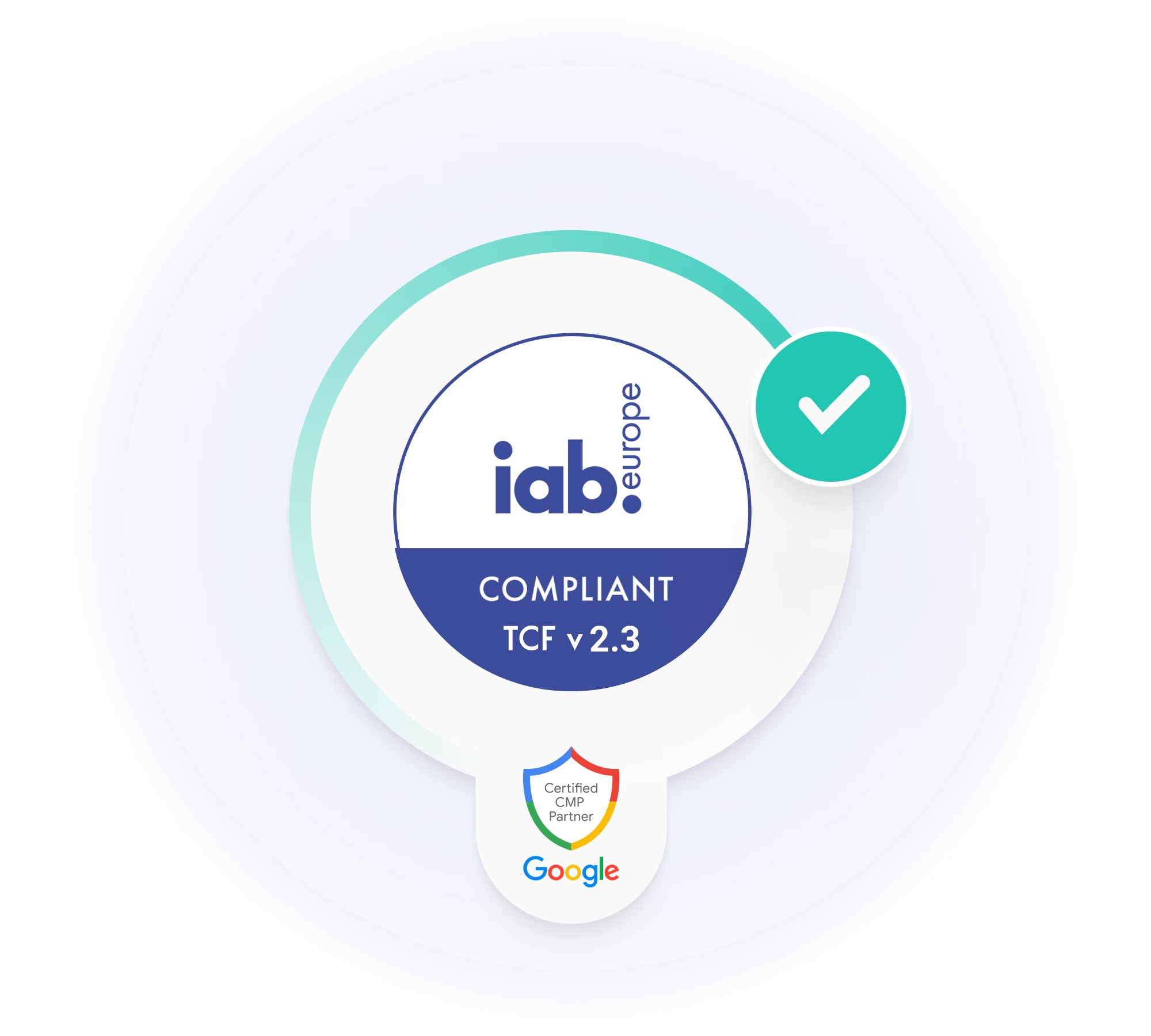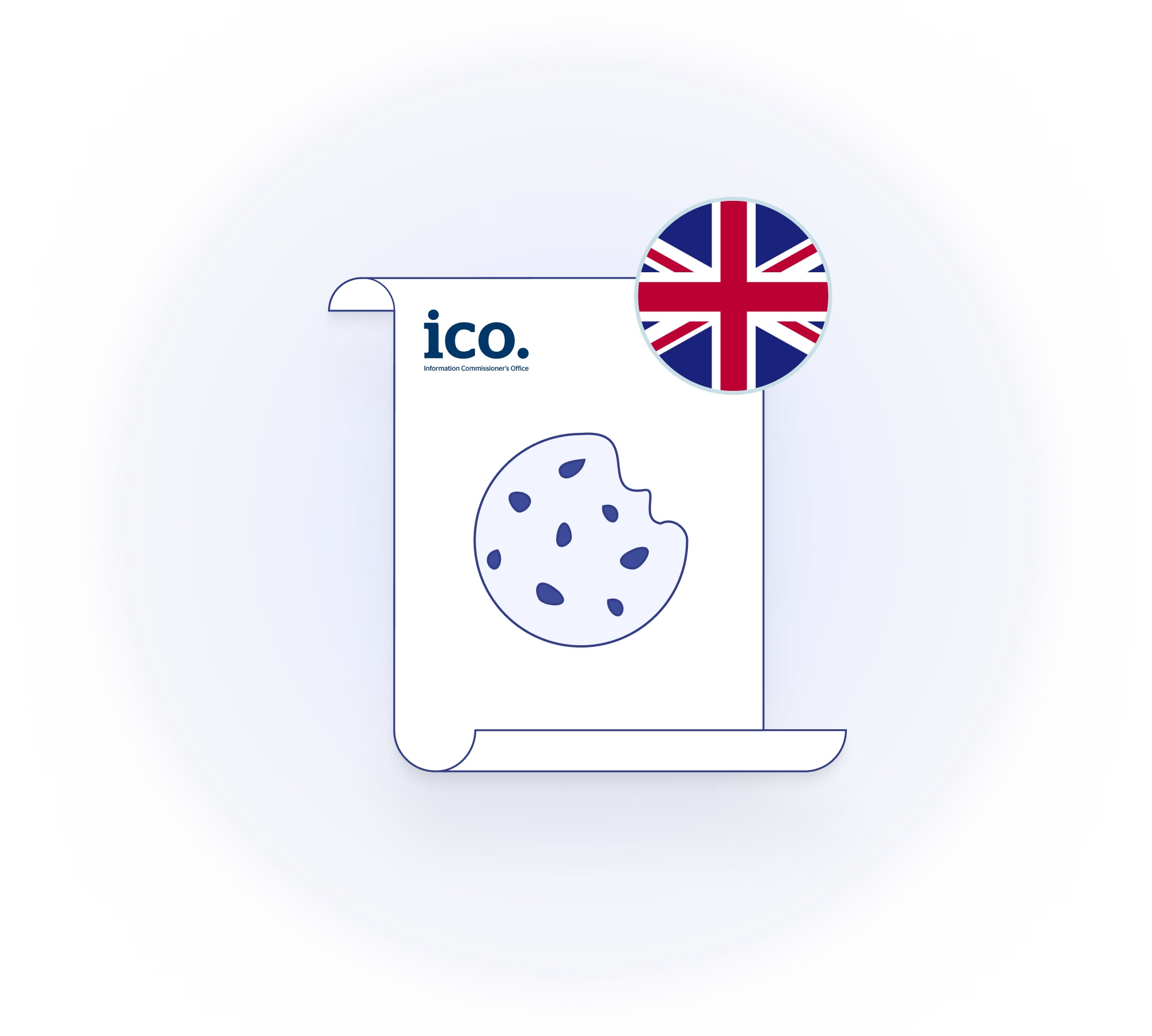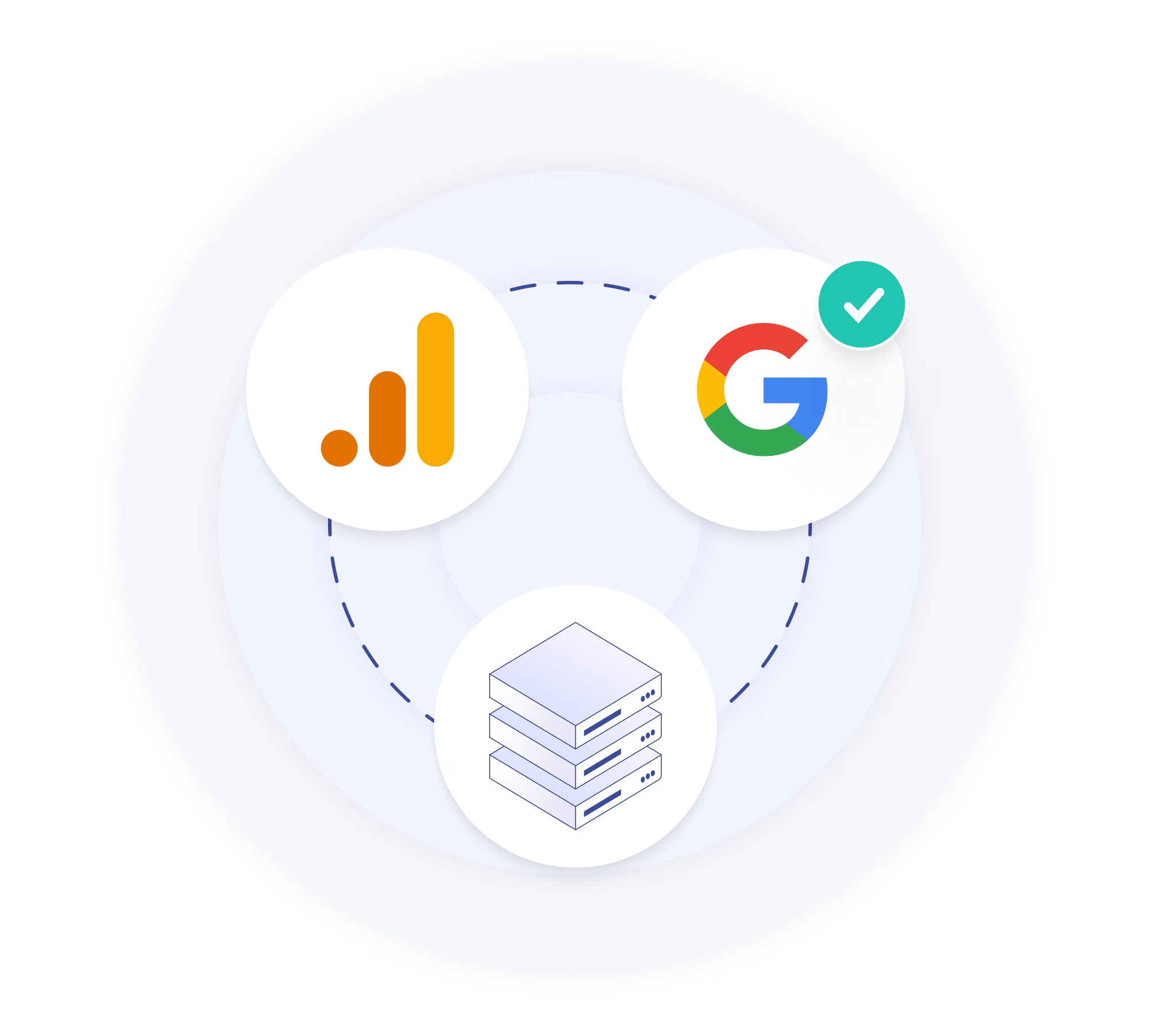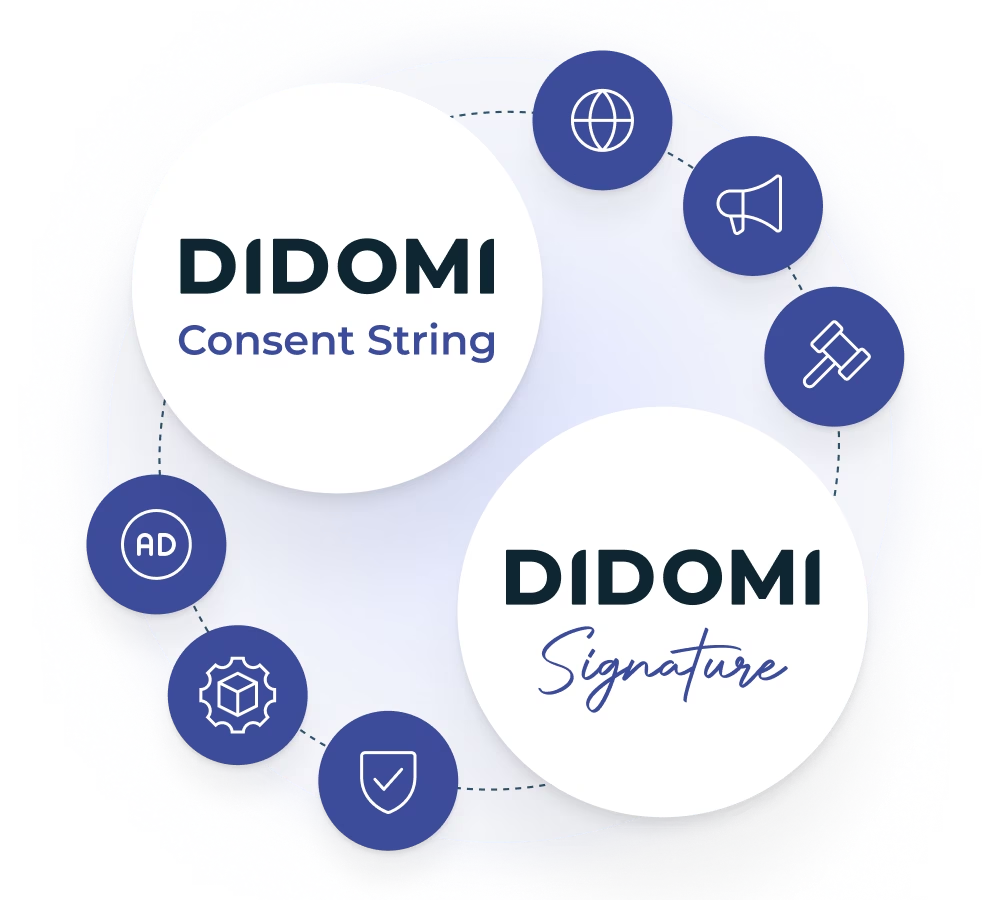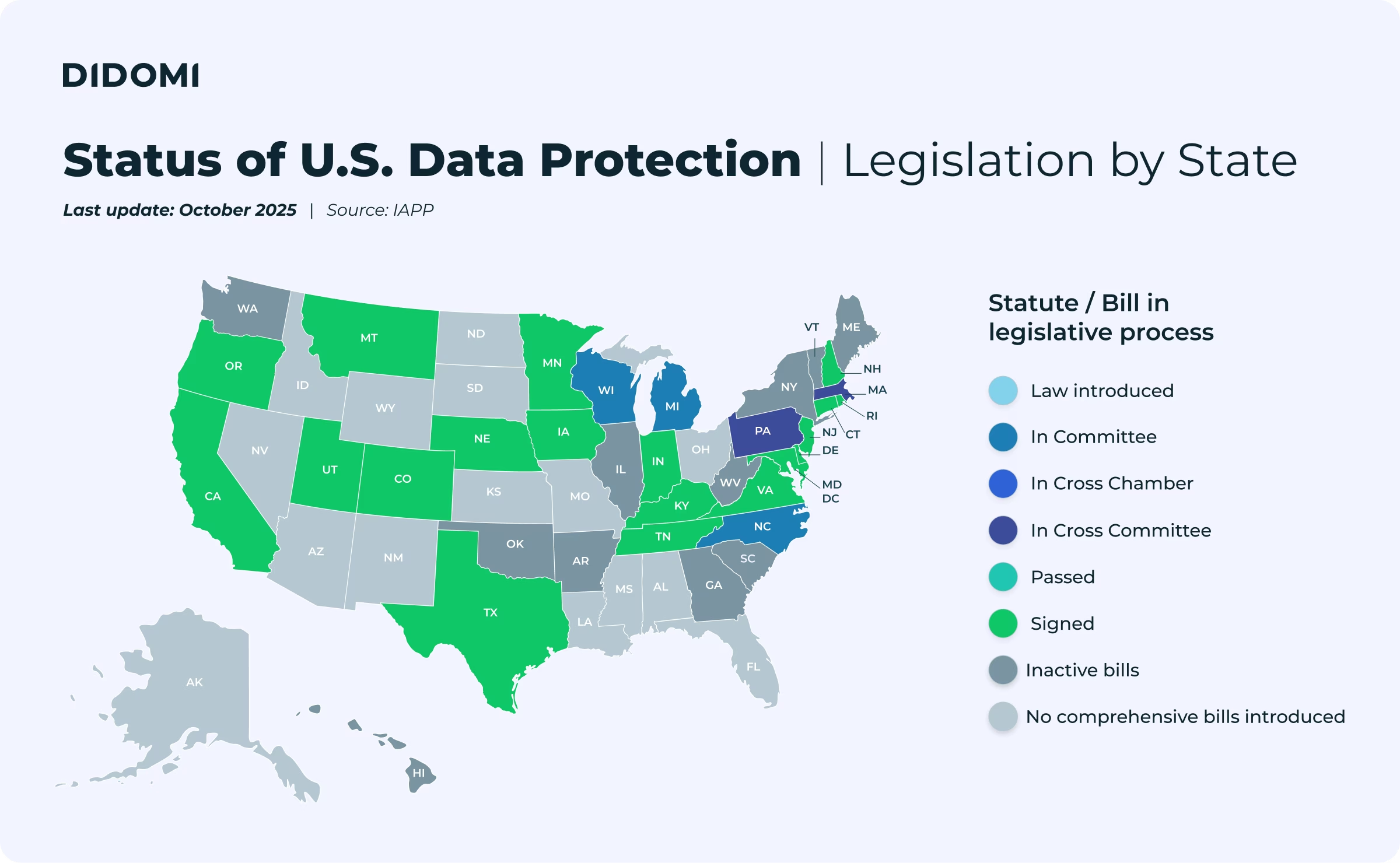Besides the GDPR, the last 2 years have seen a number of significant changes that have impacted the digital advertising ecosystem. However, maximising monetization does not mean compromising on user choice and data rights. Carry on reading for a three part strategy for maximising monetisation within the GDPR and TCF framework, and our 5 main tips for ensuring that your business is both compliant and performant.
Antonio Anguiano (Head of Product at Didomi) and Adrien Rouget (Senior Data Analyst at Pubstack) have explained in the webinar below how to maximise monetisation while respecting user choice in 2021. So, what were their main conclusions?
What happens to EU traffic with no explicit consent approval?
TCFv2 has been widely embraced by publishers. As of today, roughly 98% of the 1.5 billion daily EU auctions monitored by Pubstack are TCFv2 compliant, 1% is TCFv1 compliant, and 1% is not compliant at all. Given these figures, it’s clear that TCFv2 has become the new norm.
When we zoom in on the 98% of TCFv2 compliant auctions, we can see that on average, roughly 8% of TCFv2 ad calls embark no explicit consent approval.
When we say no explicit consent approval, this can cover 2 different cases:
- The user refused to give his consent
- There is no consent information due to issues in the CMP implementation, for instance.
This 8% is only an average, but the situation is very different according to each publisher. Pubstack analysis found that this figure can vary from 2.5% to 24% according to the publisher, their CMP implementation and their audience (as some audiences are more prone to refuse to consent).
So, 8% of auctions have either no consent information, or no consent, and, on average, Pubstack publishers are losing between 8 - 10% of their programmatic revenues. Why?
- The user refused to consent
- Or, because of a misconfiguration in the CMP
Moreover, this number is bound to rise this year, especially in France, with new CNIL regulations where you have to have an “accept all” or “refuse all” button on the CMP.
So, how do you optimise that all important consent rate, and reduce the risk of CMP misconfiguration? How, ultimately, do you maximise monetisation while still respecting user choice?
{{discover-didomi-for-adtech}}
A 3 part strategy for maximising monetisation.
Let’s define a 3 part strategy for maximising monetisation in a GDPR and TCF world.
- Look out for misconfigurations leading to no consent information in the ad calls
- Optimise your CMP to lower the opt-out rate
- Monetise the users who refused to consent to the use of cookies
Look out for misconfigurations leading to no consent information in the ad calls
Ultimately, you want to reduce the number of ad calls where the consent information is missing, as this has a direct impact on revenue. Here is a list of steps to take to ensure that you are not losing revenue due to a misconfiguration.
- Make sure your CMP is triggered on all your websites. For this, you should plot the consent stats by url (either through your CMP analytics module or through a Prebid analytics module like Pubstack). If the CMP is not plugged for all urls, it means that when the user comes in through your site through a url that is not plugged, they don't have a chance to register their consent.
- Make sure that Prebid (and your ad server) are called after the user choice is registered. Pubstack data saw that one publisher was losing 35% of their programmatic revenue because Prebid and GAM calls were being made before the CMP registered the choice.
- Monitor your CMP. CMPs are not immune to bugs or issues, especially when a new version is released. Keep an eye on your stats.
Optimise your CMP to lower the opt-out rate
Based on Didomi research of around 40 million page views, we have identified 4 main elements to bear in mind when optimising your CMP.
- The consent notice title
- The consent notice format
- The look and feel of the buttons
- Categories on the second level
Consent notices with clear explanatory titles can increase your consent rate up to x3. Consent notices without a title are never going to obtain more than a 35% consent rate, yet, once that consent notice has a title, rates will very rarely dip below 70%.
%2520(1)-png.png)
Why is this? Because if you arrive on a website and are confronted with a block of text without any eye-catching explanation as to what it’s about, you will be confused, and more likely to click on “Refuse”. If there is a title explaining that “Your privacy is our priority”, many users are likely to read the title, feel comforted, and accept without delving into the legal information.
The title of a banner is also the area where brands have the most flexibility in terms of adding brand tone, so make the most of these words in order to trigger high conversion.
Want some examples of how to effectively personnalise your consent notice? Check out this article on examples of Didomi clients who are nailing their consent notice competition.
The consent notice format is also highly important. What we observe is that a full pop-in format has a higher consent rate than a banner, and does not affect bounce rate (contrary to popular belief). In fact, the consent rate of a pop-in format is usually between 90-98%, in comparison to 60-75% consent rate on a low banner format.
-png.png)
Pay attention to the buttons on your banner as well. “Accept” and “Refuse” are two very different actions, so give them different colours, and this can double your consent rate. Different colours will make the user more likely to pay attention.
-png.png)
Moreover, we suggest that you group purposes into categories on the second level of your consent notice. This is not as high a priority, but if you’re optimising your CMP, why not optimise it everywhere you can?

By facilitating granularity of choice, you are improving user experience, and you will see an improved conversion rate on the second level of your banner. Instead of reading 16 different purposes, for example, the user only has to read 3 categories, and then if they want more information they can simply click on the category to find out more.
Finally, mutualise consent, and provide a better experience for your visitors by grouping consent for multiple sites or domains. This is a good way to capitalise if you are a publisher with several websites. But, make sure to be clear, so your users don’t feel tricked.
Needless to say, all of these options are available and actively encouraged with the Didomi Consent Management Platform. Moreover, we offer an AB testing tool, so you can find out which banner style works best for you.
{{discover-our-cmp}}
In implementing these tips ourselves by launching a new consent notice in October, we managed to quadruple our consent rate in under a month. Find out more in our article dedicated to this subject here.
Monetize the users who refused to consent to the use of cookies
So, you’ve optimised your CMP, integrating all the elements mentioned above, and yet still you have 5% of people saying no, I don’t want the cookies. Well, give yourself a second chance to get that crucial consent.
One of the ways to monetise the users who have opted-out is to use a paywall. This allows you to do two things, either push the users to subscribe, or push them to accept the cookies in order to gain access to your content.
%2520(1)-png.png)
Another option is to find alternative solutions to monetise your refused consent inventory. The idea behind this is that a CMP is not an adblocker. Yes, consent is without doubt required to use cookies and personal data. But, consent is not needed to display ads. This opens the door for ads that are not reliant on personal data (contextual ads, direct campaigns etc).
So, how do you do this? You have three options:
- Use Google Limited Ads - This is a Google Ad Manager feature which allows you to display ads when consent 1 is refused for Google. It has no implementation costs, and you can still have all your reporting in one place, in Google Ad Manager. However, if your users have pressed on “refuse all” (which they often have, as opposed to refusing only certain purposes), this is no longer an option.
- Use Prebid wrapper to render the ads directly - This would mean implementing an in-house solution to bypass the ad server, and render Prebid winning bid. Contrary to Google limited ads, this option works even if all purposes are refused. However, this is harder to monitor and report on, and there are implementation costs associated with creating in-house solutions.
- Use a secondary ad server (such as Smart Adserver) - Other ad servers (such as Smart) do not block ad calls if consent is refused. This also works even if all purposes are refused, and you can monetise all demand sources. However, there are implementation costs in setting up a second ad server, and your reporting will be scattered between two ad servers.
Finally, if you have used one of these alternative solutions for monetising the refused consent inventory, our final piece of advice is to plug additional demand sources, as Prebid generally only bids roughly 15%-35% of what it would have bid had there been an accepted consent.
So, what kind of additional demand sources can you plug?
- Contextual demand sources that work with no consent.
- Sell direct campaigns targeted specifically on refused consent inventory.
- Self promotion in house campaigns.
Didomi X Pubstack: our 5 main tips
So, to conclude, how do you maximise monetisation while respecting user choice in 2021?
Building on what we have discussed in the article, these are our 5 main tips:
- Optimize your consent notice integration
- Optimize your consent notice Look & Feel
- Catch-up client consent at the right moment
- Monetize on ads not reliant on personal data
- Plug additional demand sources
To conclude, maximising monetisation does not mean compromising on user choice and data rights. With a compliant and performant Consent Management Platform such as Didomi’s, brands can ensure that they are achieving the maximum consent rate possible, while remaining in full compliance.
{{request-a-demo}}

.svg)











.png)
